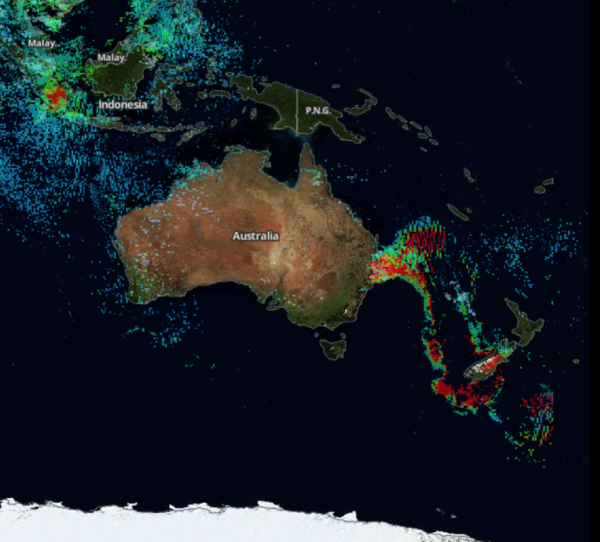Researchers at NIWA’s Lauder atmospheric research station in Central Otago have measured prolonged carbon monoxide concentrations well above normal levels.
Principal atmosphere technician Dan Smale said the poisonous gas was a product of the New South Wales bushfires that have been burning for several weeks. Measurements were made with an instrument known as an in-situ FTIR gas analyser which sucks in air from a height of 10m.
Mr Smale said carbon monoxide readings last week peaked at more than 150 parts per billion, normal measurements are around 60 parts per billion.
“The only time we would see an occasional spike in carbon monoxide readings is when there is a local burn-off. It is very rare to have such a prolonged spike measured at ground level."
“In the past such Australian fire plumes were only detected several kilometres up in the atmosphere, that air never reached down this low.”
Mr Smale said the measurements made at ground level in New Zealand from events in Australia were very uncommon, not entirely understood and are a focus of future research concerning atmospheric transport.
The measurements coincided with a plume of smoke blown across the Tasman Sea from the fires that has resulted in hazy skies and deep coloured sunsets across the country at different times.
Meanwhile, NIWA air quality scientist Dr Ian Longley said the bushfire smoke has had a particularly strong influence over New Zealand in the past week.
“Since December 1 elevated levels of particulate matter have been recorded almost everywhere air monitoring is conducted. However, a more prolonged influence was observed across the upper and central North Island.”
Dr Longley said concentrations started rising last Tuesday and Wednesday and by Thursday they were three to four times higher than normal across Auckland, Northland, Waikato, Manawatu and Hawke’s Bay.
In summer particulate matter levels in New Zealand towns and cities are typically 10-20 micrograms per cubic metre.
On Friday most North Island towns recorded levels ranging from 36 to 54 micrograms. Levels in Sydney, however, were about three times that.
Dr Longley said ordinarily, the National Environmental Standard of 50 micrograms per cubic metre was only exceeded on cold winter nights and in areas with high concentrations of homes using wood for home heating.
“However, the high levels of particulate matter recorded last week were unusual due to their extensiveness, appearing to cover most of the North and some of the South Island for several days.”
By Sunday, air quality in North Island was back to normal, but high concentrations were still sporadically impacting some South Island spots.

